Cujillo Private Conservation Area: Protecting Peru’s Incredible Dry Forest
08/28/2018
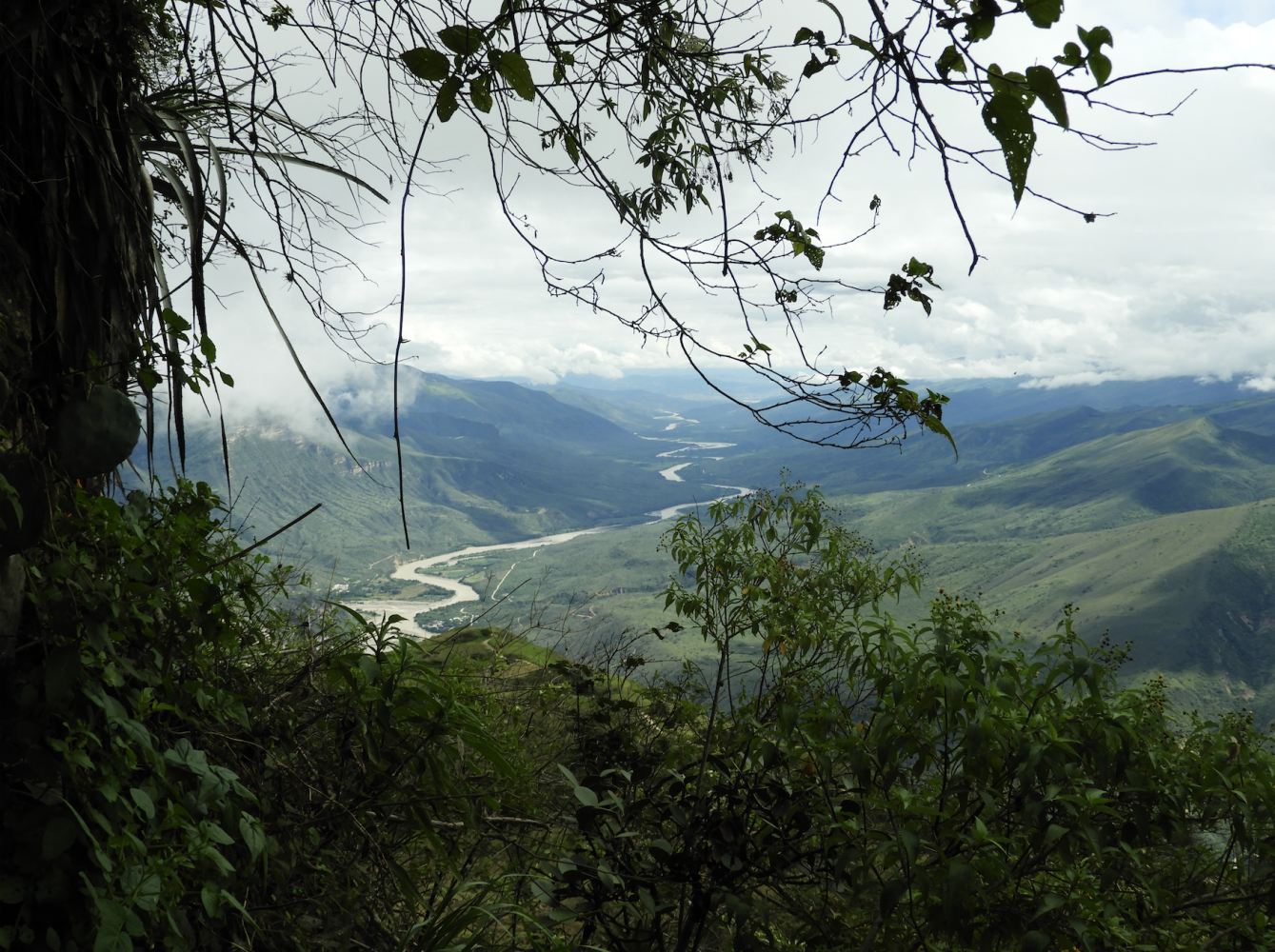
Newly established Cujillo Private Conservation Area protects one of Peru’s most unique ecosystems and resources for the local people
Exciting news in Peru’s dry forest! Last week, with Nature and Culture’s support, the Government of Peru created Cujillo Private Conservation Area. The new reserve protects the threatened Marañon ecoregion and many endemic species found nowhere else in the world.
Located in the region Cajamarca, Cujillo Private Conservation Area encompasses 9,242 acres of dry forest along the Marañon River. The deep and rugged canyon, known as the Grand Canyon of South America, is recognized as the most biologically diverse area within the Tropical Andes Hotspot (in other words, a hotspot within a hotspot). The area’s natural wealth is often compared to that of the Galapagos Islands in Ecuador.
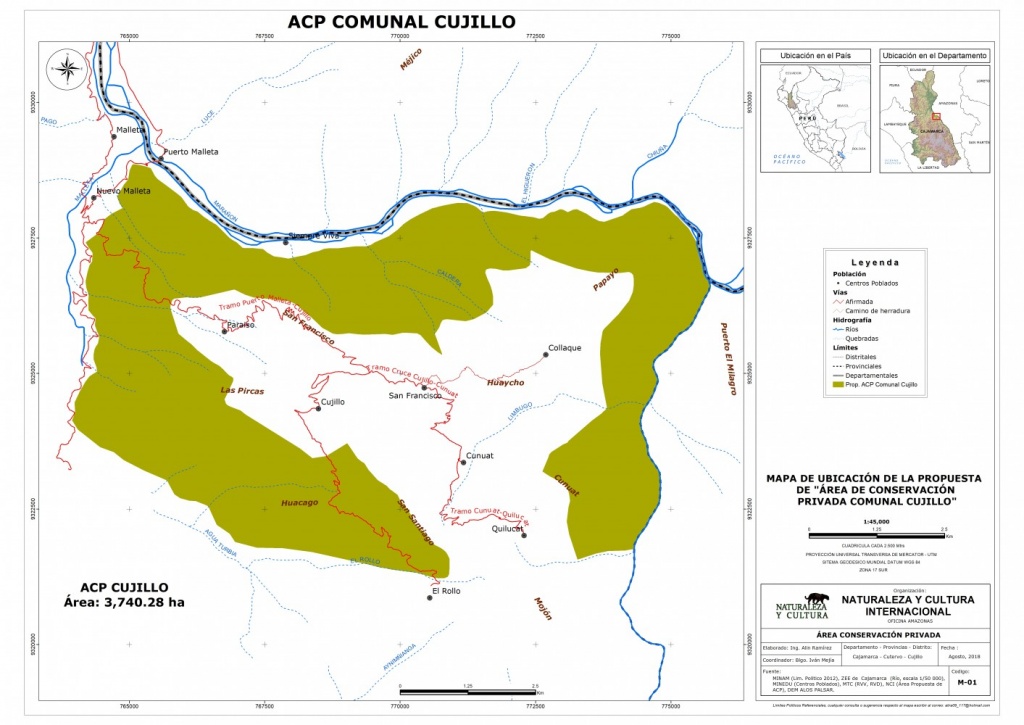 Cujillo Private Conservation Area is located in the region of Cajamarca in northwest Peru.
Cujillo Private Conservation Area is located in the region of Cajamarca in northwest Peru.
“[The Marañon dry forest] is a small area, but one of the richest in the world,” said Iván Mejía, Nature and Culture coordinator for the Amazonas and Cajamarca conservation areas. According to studies from the National Agrarian University – La Molina, the Marañon holds six to eight times more species than other nearby ecosystems. However, despite the ecoregion’s importance, it faces serious threats, including agriculture expansion, logging, hunting and forest fires. It is estimated that only around 5 percent of Peru’s dry forest remains today.
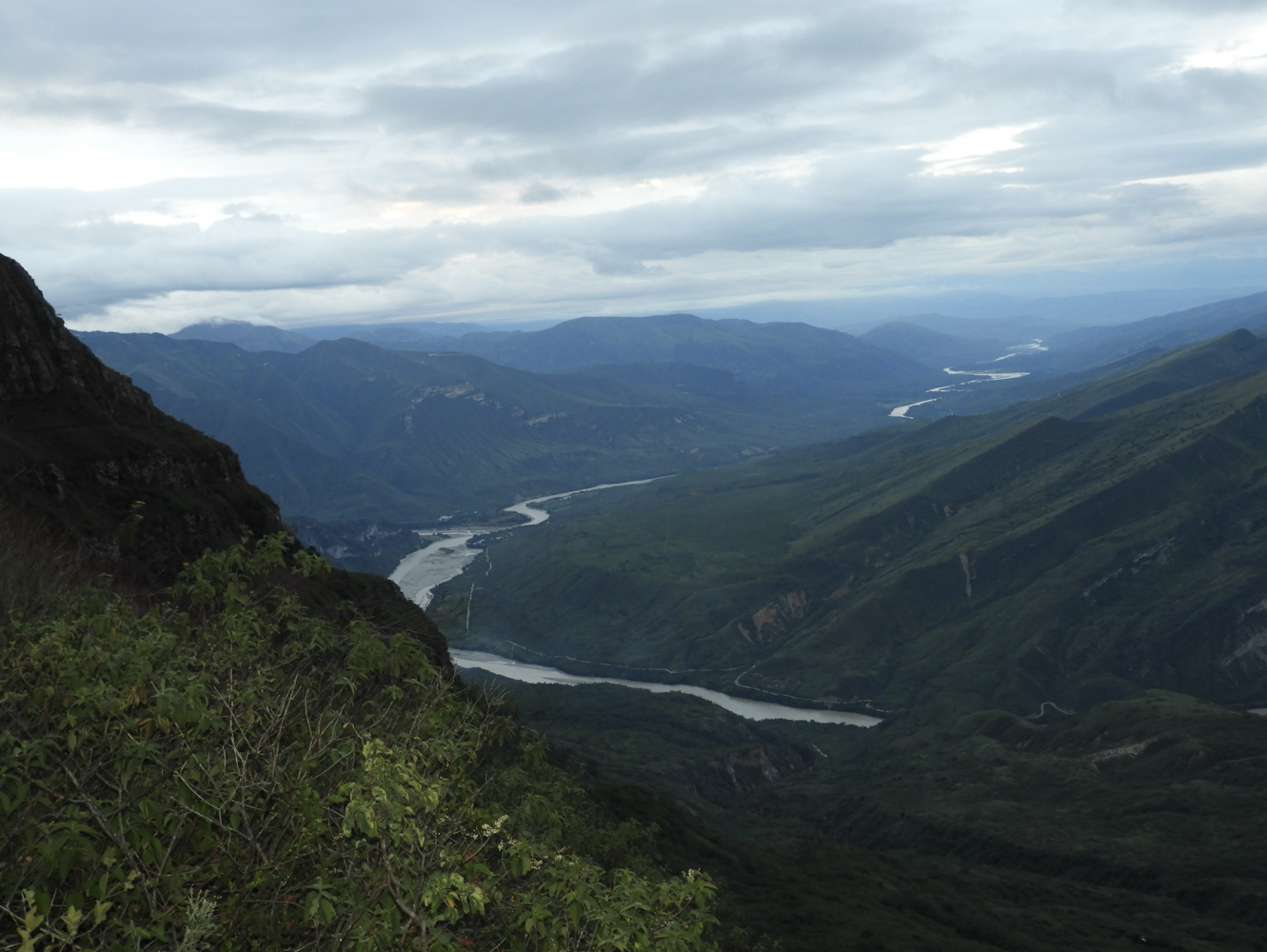 The newly established Cujillo Private Conservation Area will protect the vegetation cover of the Marañon dry forest, as well as the flora and fauna that reside there.
The newly established Cujillo Private Conservation Area will protect the vegetation cover of the Marañon dry forest, as well as the flora and fauna that reside there.
Earlier this year, we helped establish the Seasonally Dry Tropical Forests of the Marañon Regional Conservation Area (BTSM) in Amazonas. We are thrilled to further protect the Marañon dry forest with a second established conservation area.
Similar to BTSM, Cujillo contains more than one hundred plant and animal species. Its dry forest will protect many endemic and threatened species, such as the endemic spot-throated hummingbird, endemic black-necked woodpecker and vulnerable (lizard) Peruvian bush anole. The area will also secure essential non-timber resources for nearby communities, including clean water sources and local plants with great medicinal value.
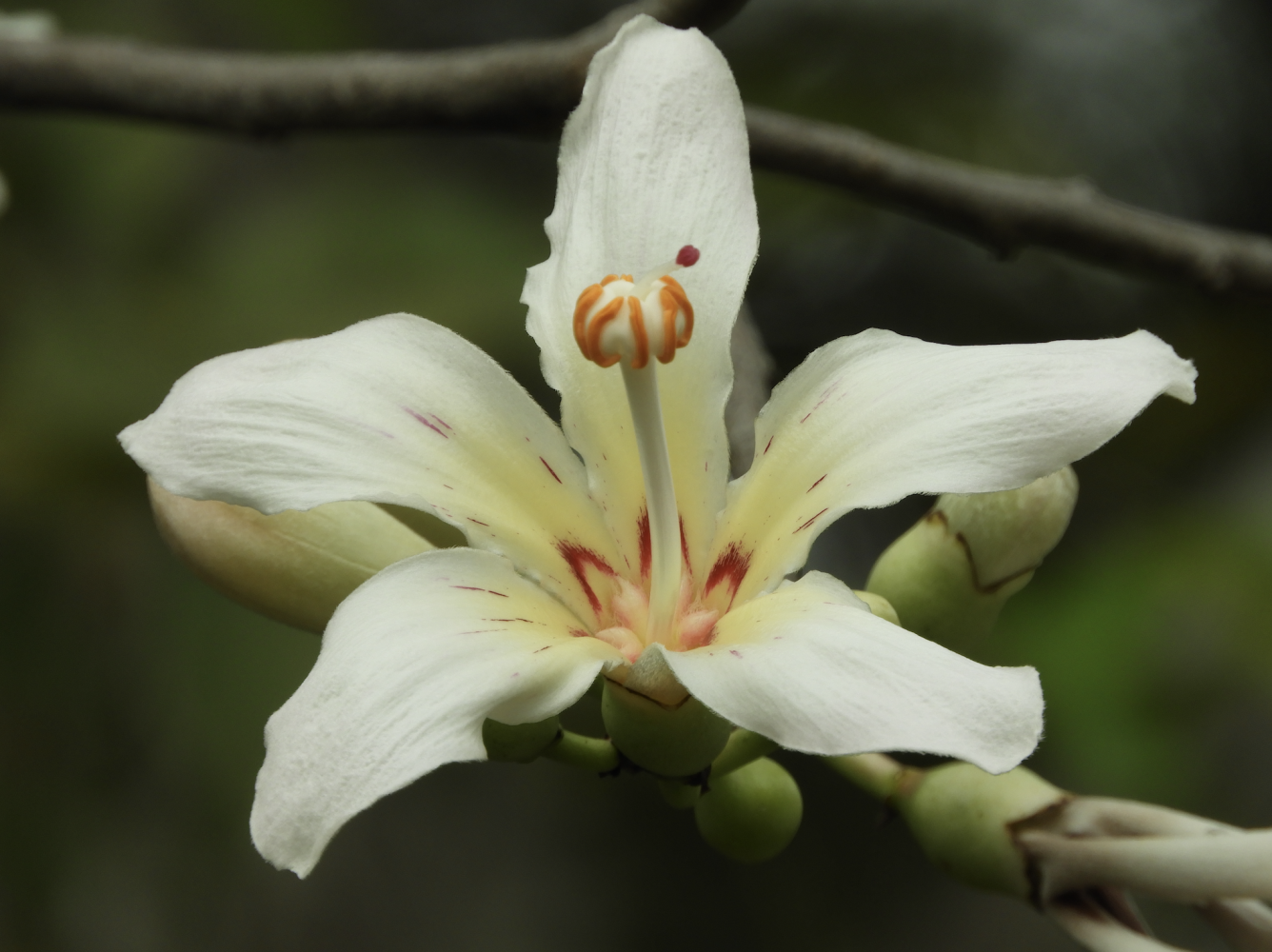 The area contains 147 species of plants, including 16 endemic to Peru and six threatened species.
The area contains 147 species of plants, including 16 endemic to Peru and six threatened species.
Ceiba flower pictured.
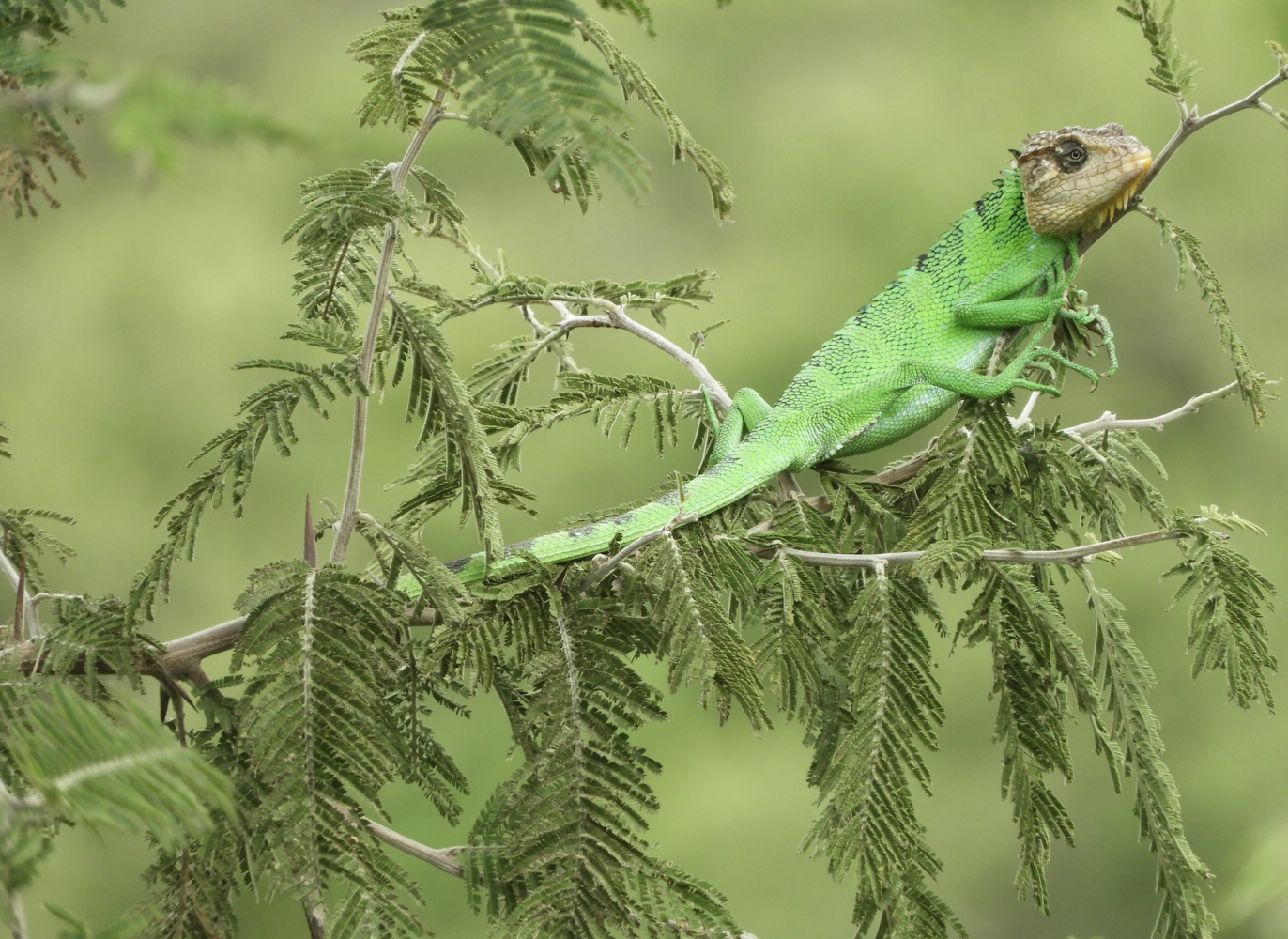 The Conservation Area protects 6 species of reptiles, including two endangered reptile species.
The Conservation Area protects 6 species of reptiles, including two endangered reptile species.
Vulnerable Peruvian bush anole pictured.
 Cujillo’s dry forest is home to 65 species of birds, including 18 important to science and four endangered species.
Cujillo’s dry forest is home to 65 species of birds, including 18 important to science and four endangered species.
Endemic spot-throated hummingbird pictured.
The newly established conservation area has great potential to boost local economies through tourism. The Marañon dry forest is the perfect place for birdwatchers to find rare species, for explorers to walk among unique plants and for adventurers to trek down the river. An increase in tourism will benefit local communities by creating jobs, encouraging sustainable development and providing additional economic opportunities.
Cujillo Private Conservation Area is a result of collaboration between Nature and Culture International, local communities, the Peruvian Protected Area Service (SERNANP), and the Ministry of the Environment (MINA). The area was created with the generous financial support of the Andes Amazon Fund.
 Nature and Culture worked with the local Cujillo community to establish this area.
Nature and Culture worked with the local Cujillo community to establish this area.
With your help, Nature and Culture-Peru will continue to collaborate with the community and regional government, developing and implementing the area’s Management Plan to ensure effective and lasting conservation impact.
Click here to learn more about our work in Peru.


